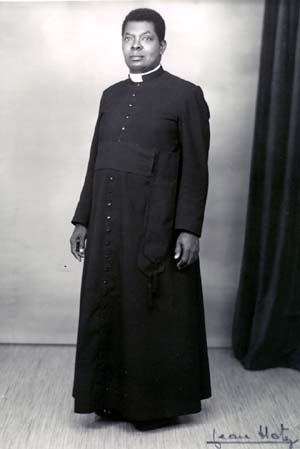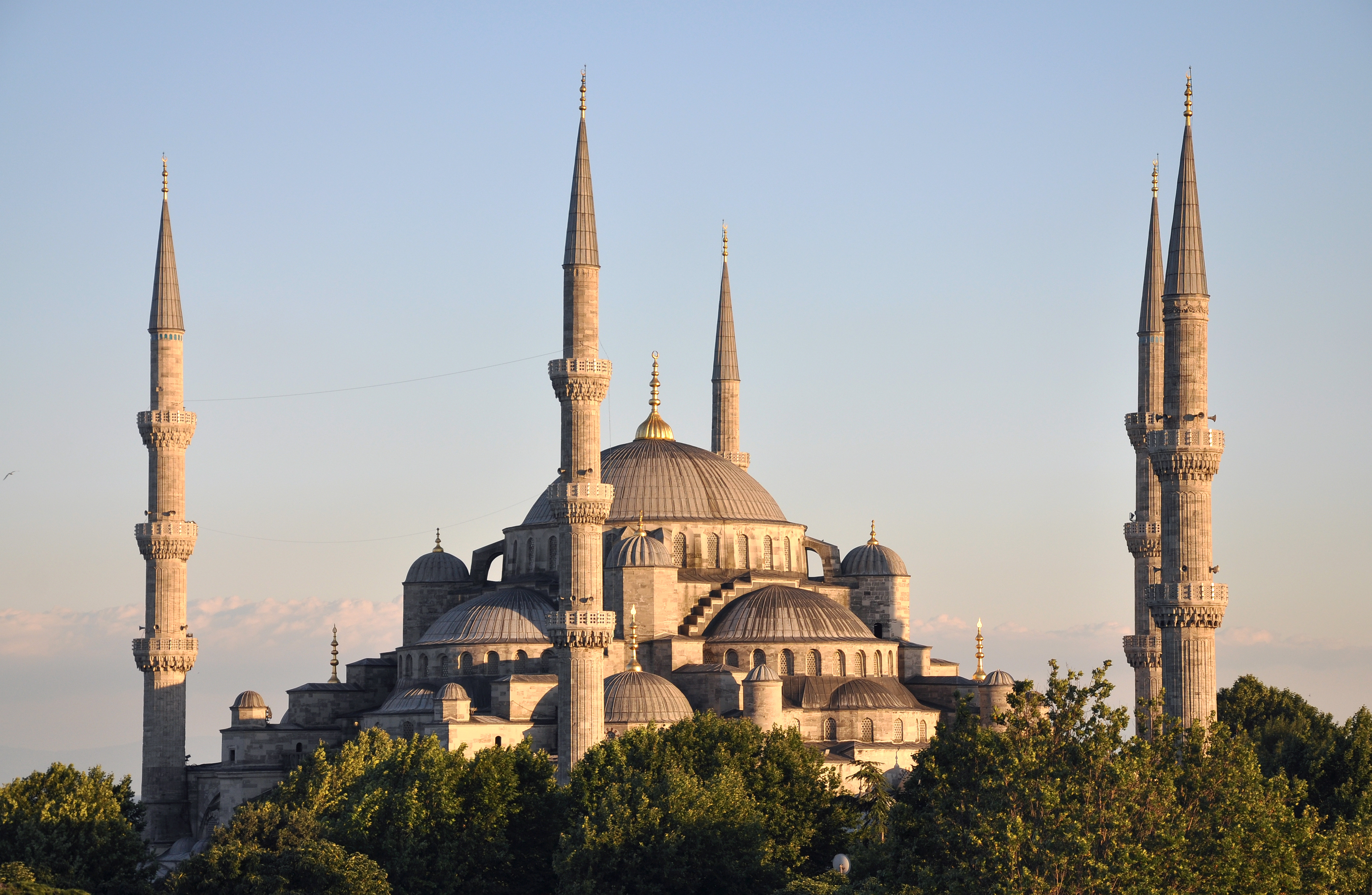|
Ahmet Mahmut Ünlü
Ahmet Mahmut Ünlü (born February 27, 1965), known colloquially as Cübbeli Ahmet Hoca, is a Turkish televangelist and hafiz. He is a follower of Mahmut Ustaosmanoğlu in İsmailağa. His controversial views are often reported by the Turkish press. Biography Early life and education: 1965–1980 Ahmet Mahmut Ünlü was born in Fatih, Istanbul, on 27 February 1965 to Yusuf Ünlü, a factory owner, and his wife Rabia. His surname, ''Ünlü'', means "famous". In his childhood years, Ünlü was wearing a Cassock. He started his education when he was 3 years old. He preached in big mosque A mosque (; from ar, مَسْجِد, masjid, ; literally "place of ritual prostration"), also called masjid, is a place of prayer for Muslims. Mosques are usually covered buildings, but can be any place where prayers ( sujud) are performed, ...s like Yavuz Selim while he was 14 years old. Later life: 1980–present Ünlü reportedly did not have to do military service after being d ... [...More Info...] [...Related Items...] OR: [Wikipedia] [Google] [Baidu] |
Fatih
Fatih () is a district of and a municipality (''belediye'') in Istanbul, Turkey, and home to almost all of the provincial authorities (including the governor's office, police headquarters, metropolitan municipality and tax office) but not the courthouse. It encompasses the peninsula coinciding with old Constantinople. In 2009, the district of Eminönü, which had been a separate municipality located at the tip of the peninsula, was once again remerged into Fatih because of its small population. Fatih is bordered by the Golden Horn to the north and the Sea of Marmara to the south, while the Western border is demarked by the Theodosian wall and the east by the Bosphorus Strait. History Byzantine era Historic Byzantine districts encompassed by present-day Fatih include: ''Exokiónion'', ''Aurelianae'', ''Xerólophos'', '' ta Eleuthérou'', ''Helenianae'', ''ta Dalmatoú'', ''Sígma'', '' Psamátheia'', ''ta Katakalón'', ''Paradeísion'', ''ta Olympíou'', ''ta Kýrou'', ... [...More Info...] [...Related Items...] OR: [Wikipedia] [Google] [Baidu] |
Istanbul
Istanbul ( , ; tr, İstanbul ), formerly known as Constantinople ( grc-gre, Κωνσταντινούπολις; la, Constantinopolis), is the List of largest cities and towns in Turkey, largest city in Turkey, serving as the country's economic, cultural and historic hub. The city straddles the Bosporus strait, lying in both Europe and Asia, and has a population of over 15 million residents, comprising 19% of the population of Turkey. Istanbul is the list of European cities by population within city limits, most populous European city, and the world's List of largest cities, 15th-largest city. The city was founded as Byzantium ( grc-gre, Βυζάντιον, ) in the 7th century BCE by Ancient Greece, Greek settlers from Megara. In 330 CE, the Roman emperor Constantine the Great made it his imperial capital, renaming it first as New Rome ( grc-gre, Νέα Ῥώμη, ; la, Nova Roma) and then as Constantinople () after himself. The city grew in size and influence, eventually becom ... [...More Info...] [...Related Items...] OR: [Wikipedia] [Google] [Baidu] |
Turkey
Turkey ( tr, Türkiye ), officially the Republic of Türkiye ( tr, Türkiye Cumhuriyeti, links=no ), is a list of transcontinental countries, transcontinental country located mainly on the Anatolia, Anatolian Peninsula in Western Asia, with a East Thrace, small portion on the Balkans, Balkan Peninsula in Southeast Europe. It shares borders with the Black Sea to the north; Georgia (country), Georgia to the northeast; Armenia, Azerbaijan, and Iran to the east; Iraq to the southeast; Syria and the Mediterranean Sea to the south; the Aegean Sea to the west; and Greece and Bulgaria to the northwest. Cyprus is located off the south coast. Turkish people, Turks form the vast majority of the nation's population and Kurds are the largest minority. Ankara is Turkey's capital, while Istanbul is its list of largest cities and towns in Turkey, largest city and financial centre. One of the world's earliest permanently Settler, settled regions, present-day Turkey was home to important Neol ... [...More Info...] [...Related Items...] OR: [Wikipedia] [Google] [Baidu] |
Khawaja
Khawaja (Persian: خواجه ''khvâjəh'') is an honorific title used across the Middle East, South Asia, Southeast Asia and Central Asia, particularly towards Sufi teachers. It is also used by Kashmiri Muslims and the Mizrahi Jews—particularly Persian Jews and Baghdadi Jews. The word comes from the Iranian word ''khwāja'' (Classical Persian: ''khwāja''; Dari ''khājah''; Tajik ''khoja''). In Persian, the title roughly translates to 'Lord' or 'Master'. The Ottoman Turkish pronunciation of the Persian خواجه gave rise to ''hodja'' and its equivalents such as ''hoca'' in modern Turkish, ''hoxha'' in Albanian, ''xoca'' (''khoja'') in Azerbaijani, ''hodža'' in Bosnian, ''χότζας'' (''chótzas'') in Greek, ''hogea'' in Romanian, and ''хоџа'' in Serbian. Other spellings include ''khaaja'' (Bengali) and ''koja'' ( Javanese). The name is also used in Egypt and Sudan to indicate a person with a foreign nationality or foreign heritage. Etymology Ultimately deriv ... [...More Info...] [...Related Items...] OR: [Wikipedia] [Google] [Baidu] |
Televangelism
Televangelism ( tele- "distance" and " evangelism," meaning " ministry," sometimes called teleministry) is the use of media, specifically radio and television, to communicate Christianity. Televangelists are ministers, whether official or self-proclaimed, who devote a large portion of their ministry to television broadcasting. Some televangelists are also regular pastors or ministers in their own places of worship (often a megachurch), but the majority of their followers come from TV and radio audiences. Others do not have a conventional congregation, and work primarily through television. The term is also used derisively by critics as an insinuation of aggrandizement by such ministers. Televangelism began as a uniquely American phenomenon, resulting from a largely deregulated media where access to television networks and cable TV is open to virtually anyone who can afford it, combined with a large Christian population that is able to provide the necessary funding. It became es ... [...More Info...] [...Related Items...] OR: [Wikipedia] [Google] [Baidu] |
Hafiz (Quran)
Hafiz (; ar, حافظ, ḥāfiẓ, pl. ''ḥuffāẓ'' , f. ''ḥāfiẓa'' ), literally meaning "memorizer", depending on the context, is a term used by Muslims for someone who has completely memorized the Quran. Hafiza is the female equivalent. Ludwig W. Adamec (2009), ''Historical Dictionary of Islam'', pp.113-114. Scarecrow Press. . Although a hafiz does not have formal authority like an aalim or a mufti, in places where the scholars are scarce, they are frequently consulted and often made an imam. Resultantly, a hafiz becomes the leader of his community and the go-to person for religious knowledge, counselling, and other religious disputes. A hafiz is given great respect by the people of the community with titles such as "Hafiz Sahb" (Sir Hafiz), "Ustadh" (أُسْتَاذ) (Teacher), "Mawlana" (مَوْلَانَا) (Master), and occasionally Sheikh (شَيْخ). Importance Hifz' is the memorization of the Quran. Muslims believe that whoever memorizes the Quran and ... [...More Info...] [...Related Items...] OR: [Wikipedia] [Google] [Baidu] |
Mahmut Ustaosmanoğlu
Mahmut Ustaosmanoğlu (1927 – 23 June 2022), usually referred to as Mahmut Effendi and known to his disciples as "Efendi Hazretleri", was a Turkish Sufi Sheikh and the leader of the influential ''İsmailağa jamia'' of the Naqshbandi-Khalidiyya Ṭarīqah centred in Çarşamba, Istanbul. Early life Ustaosmanoğlu was born in a village imam in Miço (now Tavşanlı) village of the Of district. He became a '' hafiz'' under his father by the age of 6 and continued his ''madrasa'' education, gaining his ''ijazah'' by the age of 16. Afterward he married his cousin and started his work as an imam. Naqshbandi order In 1952, Ustaosmanoğlu met Ahıskalı Ali Haydar Efendi (Gürbüzler), a Naqshbandi sheikh who became his ''murshid''. Ali Haydar Efendi appointed him as the imam of the İsmailağa Mosque in 1954. By the year 1960, Ustaosmanoğlu's life had its greatest turn after Ali Haydar Efendi's demise and he became the leader of the path (tariqa). In 1996, he retired as the i ... [...More Info...] [...Related Items...] OR: [Wikipedia] [Google] [Baidu] |
İsmailağa
İsmailağa Jamia or İsmail Ağa Jamia ( tr, İsmailağa Cemaati) is a branch of ''the Gümüşhanevî Dergâh of Nakşibendi- Khālidī Ṭarīqah'' ( Sufi Order) in Turkey. It takes its name from the İsmailağa Mosque in Fatih, Istanbul. It is aligned with the Naqshbandi spiritual order of Sunni Islam SufismAhmet Şık, Niyazi Dalyancı, habervesaire.com, 18 February 2010Warfare between judiciary and government/ref> in the ''silsilah'' of Khalidiyya and was led by Mahmut Ustaosmanoğlu, imam of the İsmailağa Mosque from 1954 to 1996. It has significant influence over daily life in few streets of Fatih, the capital district of Istanbul. In 2006, Deniz Baykal described the whole district of Fatih as an "İsmailağa republic". There are communities in a number of other cities in Turkey, including Erzincan. Characteristics According to Ahmet Hakan Coşkun, the jamia requires strict Islamic-clothing, with members wearing beards, Kaftans, and shalwar trousers, a ... [...More Info...] [...Related Items...] OR: [Wikipedia] [Google] [Baidu] |
Cassock
The cassock or soutane is a Christian clerical clothing coat used by the clergy and male religious of the Oriental Orthodox Churches, Eastern Orthodox Church and the Catholic Church, in addition to some clergy in certain Protestant denominations such as Anglicans and Lutherans. "Ankle-length garment" is the literal meaning of the corresponding Latin term, . It is related to the habits traditionally worn by nuns, monks, and friars. The cassock derives historically from the tunic of classical antiquity that in ancient Rome was worn underneath the toga and the chiton that was worn beneath the himation in ancient Greece. In religious services, it has traditionally been worn underneath vestments, such as the alb. In the West, the cassock is little used today except for religious services, save for traditionalist and those other Catholic clergy and religious who continue to wear the cassock as their standard attire. However, in many countries it was the normal everyday wear ... [...More Info...] [...Related Items...] OR: [Wikipedia] [Google] [Baidu] |
Mosque
A mosque (; from ar, مَسْجِد, masjid, ; literally "place of ritual prostration"), also called masjid, is a Place of worship, place of prayer for Muslims. Mosques are usually covered buildings, but can be any place where prayers (sujud) are performed, including outdoor courtyards. The first mosques were simple places of prayer for Muslims, and may have been open spaces rather than buildings. In the first stage of Islamic architecture, 650-750 CE, early mosques comprised open and closed covered spaces enclosed by walls, often with minarets from which Adhan, calls to prayer were issued. Mosque buildings typically contain an ornamental niche (''mihrab'') set into the wall that indicates the direction of Mecca (''qiblah''), Wudu, ablution facilities. The pulpit (''minbar''), from which the Friday (jumu'ah) sermon (''khutba'') is delivered, was in earlier times characteristic of the central city mosque, but has since become common in smaller mosques. Mosques typically have Isl ... [...More Info...] [...Related Items...] OR: [Wikipedia] [Google] [Baidu] |
Yavuz Selim Mosque
The Yavuz Selim Mosque, also known as the Selim I Mosque and the Yavuz Sultan Selim Mosque ( tr, Yavuz Selim Camii) is a 16th-century Ottoman imperial mosque located at the top of the 5th Hill of Istanbul, Turkey, in the neighborhood of Çukurbostan, overlooking the Golden Horn. Its size and geographic position make it a familiar landmark on the Istanbul skyline. History The Yavuz Selim Mosque is the second oldest extant imperial mosque in Istanbul. It was commissioned by the Ottoman sultan Suleiman the Magnificent in memory of his father Selim I who died in 1520. The architect was Alaüddin (Acem Alisi). The mosque was completed in 1527/8. Attempts have been made to associate the structure with the famous imperial architect Mimar Sinan, but there is no supporting documentary evidence, and the date of the mosque is too early. However, one of the ''türbe'' in the garden of the mosque is a work of Sinan (see below). Architecture Exterior The mosque was built on a terrace over ... [...More Info...] [...Related Items...] OR: [Wikipedia] [Google] [Baidu] |
.jpg)

